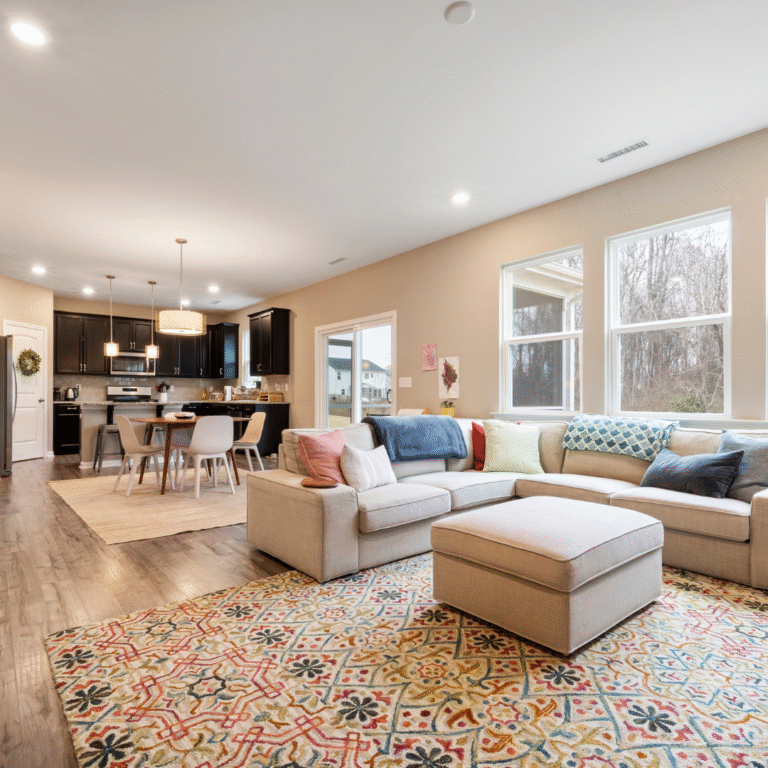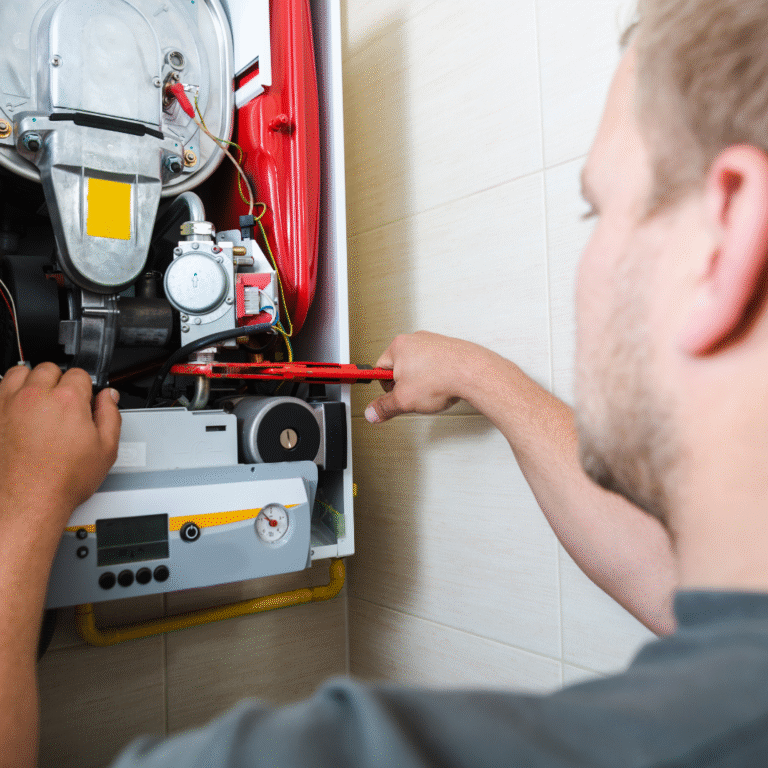Meta description: Spot the warning signs—cold spots, short cycling, strange noises or odors, rising bills, yellow flames, lockouts, and thermostat trouble—so you can fix your furnace before it fails.
URL slug: signs-you-need-furnace-repair
When a furnace fails, it rarely happens out of nowhere. Small issues whisper before they shout—uneven heat in a few rooms, a clunk at startup, a thermostat that seems to have a mind of its own, a utility bill creeping higher for no good reason. I wrote this to help you catch those early warnings, understand what they mean, and take smart action before a chilly inconvenience becomes a costly emergency.
Sudden Cold Spots, Short Cycling, or Constant Running
Let’s start with comfort, because that’s where most people notice trouble first. Sudden cold spots or a system that can’t quite keep up usually point to airflow or control problems. If your furnace is turning on and off every few minutes, that’s short cycling—often a self-protection response to overheating. If it runs and runs without delivering steady warmth, it’s wasting energy while your comfort suffers. In both cases, I look for the simple airflow killers first: a clogged filter, blocked return grilles, closed supply registers, or a blower wheel packed with dust. I verify temperature rise and check duct static pressure to see if a high-limit switch is tripping. When constant run time pairs with poor comfort, I’m thinking undersized equipment, duct leakage, or imbalanced airflow. Thermostat placement also matters more than most people think; if it sits near a supply vent, in direct sun, or in a drafty hallway, it can confuse the entire system. The big picture: cold spots, short cycling, and marathon run times aren’t “just winter.” They’re early warning lights worth addressing now.
New Noises or Smells (Bangs, Screeches, Gas/Metallic Odors)
Your nose and ears are excellent diagnostic tools, too. A bang or boom at startup can be delayed ignition or thin sheet-metal ducts flexing under pressure; both deserve a look. Screeches and squeals usually mean blower or inducer bearings are wearing out, or a belt is slipping on older units. Persistent rattles can be simple—loose panels—or serious, as with heat exchanger problems. Odors tell stories as well: a brief burning-dust smell after downtime is common, but an electrical or metallic odor is not, and a gas smell is always urgent. My protocol never changes: safety first. I check for gas leaks and measure CO, verify venting and ignition integrity, then move to the mechanical and electrical checks. Catching noises and smells early prevents bigger failures later.
Rising Gas/Electric Bills Without a Comfort Boost
If your bills climb while comfort stalls, the furnace is working harder but not smarter. That almost always comes down to combustion, airflow, or duct losses. I measure static pressure to quantify airflow, clean a dirty blower wheel if it’s robbing CFM, and verify gas pressure and burner condition so the flame stays steady. A fouled flame sensor, a tired igniter, or drift in gas pressure can quietly erode efficiency. Duct issues are another silent thief: warm air disappearing into attics, basements, or crawlspaces is money out the door. I also compare your temperature rise to the manufacturer’s spec—too high suggests airflow problems; too low suggests combustion or fuel issues. The fix is rarely guesswork; it’s measurements and small adjustments that pay for themselves.
Yellow or Flickering Burner Flame, Frequent Lockouts
Speaking of flames, the burner tells the truth if you know how to listen. You want a steady blue flame. Yellow tips or flickering suggest incomplete combustion, contaminated burners, or venting trouble. Frequent lockouts—where the furnace tries to light and gives up—often come from an end-of-life igniter, a dirty or failing flame sensor, or a gas valve that’s not behaving. I always pull the fault codes, test components under live conditions, and prove the failure before recommending a part. If testing hints at a compromised heat exchanger, safety takes the wheel: I document findings and lay out your options clearly, including replacement when it’s the responsible choice.
Thermostat Won’t Hold Temperature or Shuts Off
Not every heat issue is the furnace’s fault; sometimes the controls are the culprits. Before replacing parts, I confirm the basics: the thermostat is actually in Heat mode, schedules aren’t overriding your settings, and (if applicable) batteries are fresh. Placement matters—sunlight, drafts, or proximity to a supply register can create false readings and erratic cycling. Loose control wiring, incorrect terminals, or a mismatched smart thermostat can also cause shutdowns and temperature swings. A few small corrections here can stabilize your home without touching the furnace itself.
How I Diagnose: Safety First, Then Performance
Here’s how I approach any no-heat or poor-heat call. I begin with safety: gas and CO checks, venting integrity, flame containment, and code-level safeguards. Then I move to combustion: gas pressure, burner condition, ignition, and flame signal. Next, airflow: static pressure, temperature rise, blower speed, and a physical inspection of filters and ducts to make sure the furnace can breathe. Finally, electrical and controls: the board, sensors, switches, and wiring—everything that tells the furnace when and how to run. If your system is short-cycling or pushing lukewarm air, there’s usually a root cause I can pinpoint fast—airflow restriction, ignition issues, or a failing sensor. You’ll get a clear explanation, readings or photos when they help, and options that match your budget so you’re warm again without unnecessary parts.
Quick Checks You Can Do Before I Arrive
There are a few quick, safe checks you can do before I arrive. If you have a spare filter and the current one is visibly loaded, swap it for the correct size and MERV rating. Confirm the furnace switch and the breaker are on. Peek at the intake and exhaust pipes outside to be sure they aren’t iced over or blocked. Clear about three feet around the unit for access and airflow. If you smell gas or anything seems unsafe, shut the system down and call—safety first, always.
Prevent the Next Breakdown
Finally, repairs should come with a plan to avoid a repeat. I match your filtration to the blower and ductwork (high MERV isn’t always better if it chokes airflow). Seasonal tune-ups matter: burner cleaning, flame-sensor service, condensate trap and line checks, gas-pressure verification, and blower cleaning keep the system efficient and dependable. I’ll set blower speeds to hit the manufacturer’s temperature-rise target and suggest simple duct fixes that eliminate hot-and-cold rooms and keep the furnace from overworking. A little prevention goes a long way—especially when temperatures plunge.
Final Word
Those “little” signs—cold spots, odd noises and smells, creeping bills, yellow flames, lockouts, and thermostat hiccups—are your furnace asking for help. Act on them now and you’ll save money, protect your system, and stay comfortable all season. If any of this sounds familiar, reach out and I’ll get your furnace tested, tuned, and reliably heating again—quickly, safely, and with fixes that last.




